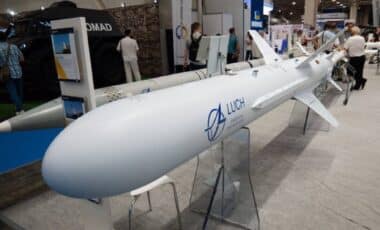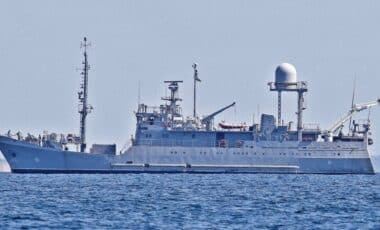Staying airborne for over 30 hours without a break demands more than physical endurance—it requires strategic preparation, medical aids, and mental resilience. In June 2025, U.S. pilots flying the B-2 bomber carried out a 37-hour mission targeting nuclear facilities in Iran, in what CNN called one of the longest air raids in modern military history.
The mission, dubbed Midnight Hammer, demonstrated the extreme conditions in which elite airmen operate. Pilots remained in the cockpit for the entirety of the non-stop transcontinental flight, relying on specialized training, regulated rest periods, and pharmaceutical support to stay functional throughout the operation.
Fewer F-35s, More Drones: Trump’s $893B Defense Budget Twist Catches the Pentagon Off Guard
Extended Training to Handle Extreme Duration
Pilots chosen for long-haul stealth bomber flights undergo intense simulation training to prepare for prolonged mental and physical exertion. Melvin G. Deaile, a retired U.S. Air Force colonel who previously flew the B-2, explained that crew members are trained using long-duration simulators. These sessions help them manage rest cycles and optimize alertness during critical mission phases.
This preparation allows pilots to anticipate fatigue and plan sleep intervals, even in the highly restricted space of a two-seat cockpit. Deaile emphasized that adapting to such missions requires both technical skill and psychological readiness—attributes reinforced through specialized, high-stakes training regimens.
Pharmaceutical Support to Maintain Alertness
To sustain attention over dozens of flight hours, pilots use medically approved stimulants. During his own 44-hour flight under Operation Enduring Freedom, Deaile reported that he and his co-pilot were issued amphetamines—commonly referred to as “go-pills.” These substances enhance focus and boost confidence under prolonged strain.
Though the U.S. military’s protocols may have evolved since then, such aids were standard for maintaining operational readiness during missions exceeding a full day. The use of these pharmaceuticals was closely monitored and integrated into mission planning, reflecting the complex balance between performance and safety in military aviation.
Makeshift Systems for Basic Physiological Needs
Enduring 30 to 40 hours without leaving the cockpit also means confronting basic human necessities. For urination, pilots use so-called “piddle packs”—absorbent sachets filled with cat litter and equipped with a fitted nozzle. These allow pilots to relieve themselves without removing essential flight gear.
Deaile recounted how he and his co-pilot would weigh their used piddle packs as a humorous distraction during the mission. Despite the gravity of their operations, moments like these offered brief psychological relief and a reminder of the human dimension behind such high-tech endeavors.








